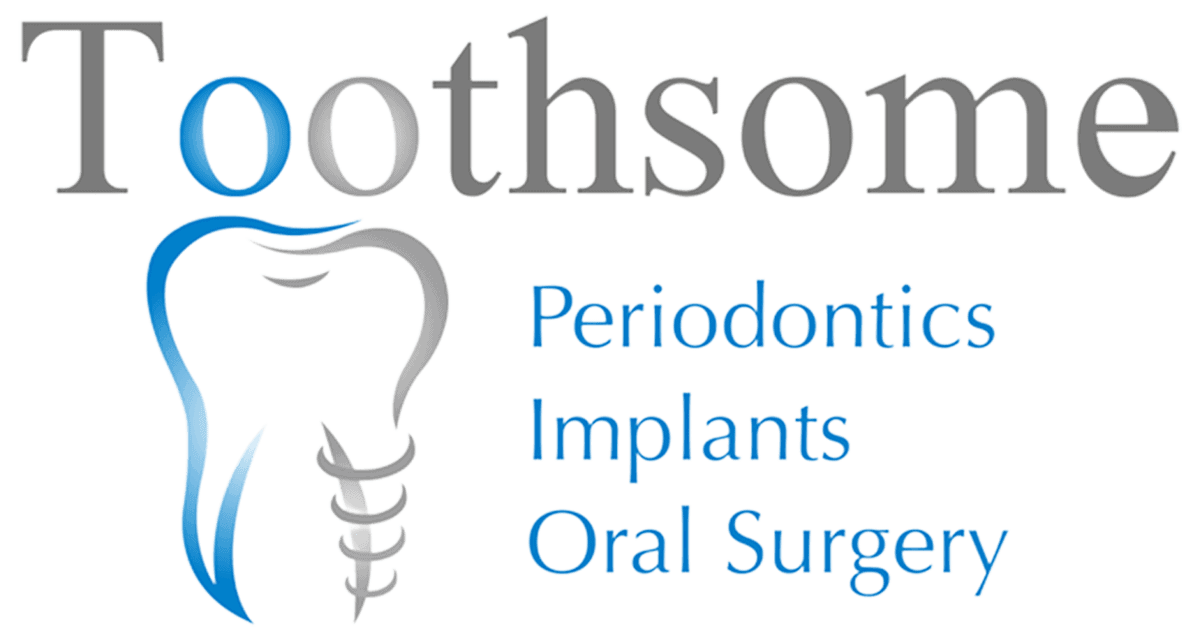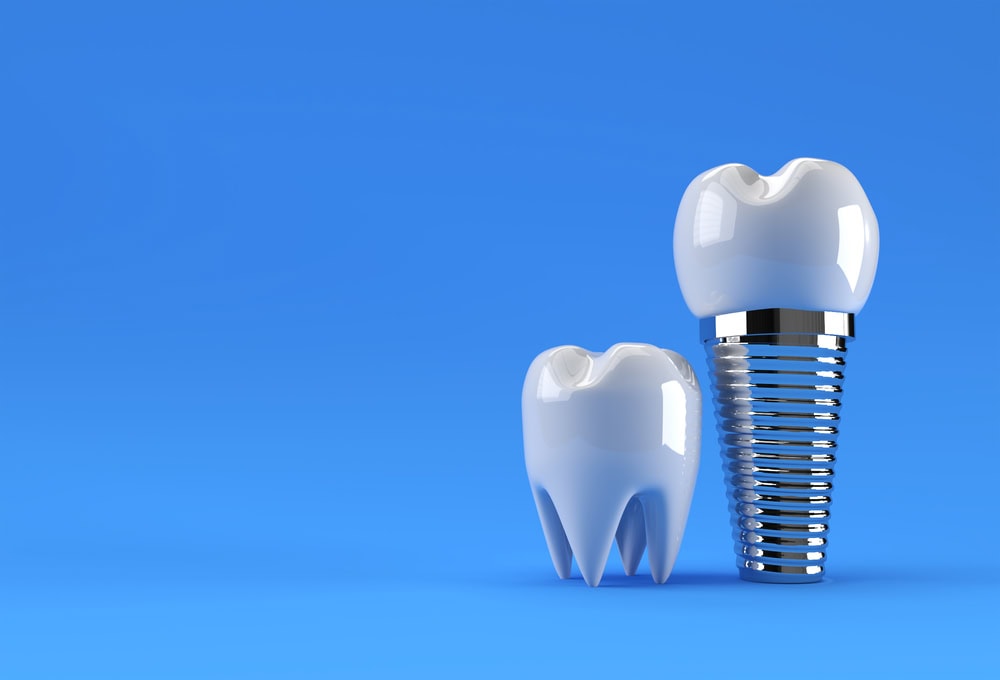Dental implants are crucial in restoring oral health and function for individuals experiencing tooth loss. These artificial tooth roots are typically made of titanium, a biocompatible metal that integrates well with the jawbone. Unlike traditional bridges, dental implants stand independently in the mouth, offering a stable foundation for tooth replacement. By mimicking the natural tooth structure, implants enhance the aesthetics of a smile and promote better dental health by preventing bone loss and preserving surrounding teeth.
Prosthodontics, the branch of dentistry focused on dental prostheses, considers dental implants the gold standard for tooth replacement due to their durability and long-term success rates. Receiving dental implants involves a surgical procedure to place the titanium posts into the jawbone, followed by a healing period where the bone fuses with the metal. Once fully integrated, a custom-made dental crown is attached to the implant, restoring both function and appearance.
Types of Dental Implants
Among the major types of dental implants, endosteal, subperiosteal, and zygomatic implants are commonly used to restore missing teeth.
- Endosteal implants are the most common type, consisting of titanium screws surgically placed into the jawbone to support artificial teeth.
- Subperiosteal implants are placed on top of the jawbone but beneath the gum line, which is suitable for patients with shallow jawbones.
- Zygomatic implants are an alternative for individuals with insufficient bone in the upper jaw, anchoring into the cheekbone instead of the jawbone.
When considering the different types of implants, it is essential to understand the structure and placement options available.
Endosteal implants provide a sturdy foundation due to their direct integration with the jawbone. Subperiosteal implants offer a solution when traditional implants are not feasible. Zygomatic implants cater to specific cases, ensuring a secure fit and stability for prosthetic teeth.
Endosteal Implants
Endosteal implants, also known as titanium posts, are a type of screw-type dental implant that directly integrates with the jawbone through osseointegration. This surgical procedure involves placing the titanium implants into the jawbone, where they fuse and become a stable foundation for artificial teeth. Once integrated with the jawbone, endosteal implants are known for their durability, stability, and permanence. They provide a high-quality solution for individuals seeking reliable tooth replacement options.
The osseointegration process ensures that the implants are securely attached to the jawbone, mimicking the natural tooth root structure. This integration results in a long-lasting and robust foundation for artificial teeth, promoting oral health and function. Patients with good oral care habits can expect their endosteal implants to last for many years, making them a popular choice for individuals looking for a permanent, high-quality solution to restore their smile and dental function.
Subperiosteal Implants
Subperiosteal implants, also known as gum-supported implants, offer a unique alternative to endosteal implants by utilising a custom metal framework that fits over the jawbone but under the gum tissue. This metal framework design allows for the placement of implants in patients with minimal bone height, making them suitable candidates for those who may not be eligible for traditional implants.
The fabrication of subperiosteal implants involves precise frame fitting to ensure a secure and stable fit within the mouth. These alternative dental implants provide a solution for individuals seeking tooth restoration but lacking the bone structure necessary for endosteal implants. Dental professionals can offer a tailored approach to patients with specific anatomical challenges by incorporating gum-supported implants into the treatment plan.
Understanding the design and fabrication of subperiosteal implants is crucial for providing comprehensive dental care and meeting patients’ diverse needs.
Zygomatic Implants
Zygomatic or cheekbone implants are specialised dental implants designed to address severe bone loss in complex cases by anchoring securely to the zygoma bone using specialised surgical techniques. This alternative for severe bone loss involves a meticulous procedure where the implants are anchored in the cheekbone, offering a solution where traditional implants may not suffice. The zygoma bone provides a sturdy foundation for these implants, making them a viable option for individuals with significant bone loss in the upper jaw.
The advantages of zygomatic implants lie in their ability to support prosthetic teeth effectively while bypassing the need for bone grafting procedures, which are often required in cases of severe bone resorption. Patients undergoing this treatment can benefit from a quicker and more streamlined process, reducing treatment time. However, due to the complexity of the procedure, specialised surgical techniques and careful planning are essential to ensure successful outcomes in these complex cases.
Mini Dental Implants (MDIs)
Mini Dental Implants (MDIs) offer a minimally invasive solution for stabilising dentures and supporting an immediate load, providing a smaller diameter alternative to traditional dental implants. These smaller implants, also known as MDIs, are popular for those seeking a strong foundation for their dentures. The placement of mini dental implants is a minimally invasive procedure compared to standard implants, making it a quicker and more comfortable option for many patients. MDIs are designed to aid denture support, ensuring a secure and stable fit for improved oral care.
One key benefit of mini dental implants is their ability to support the immediate load. This means that patients can leave the dental office with stabilized dentures on the same day as the implant procedure. This immediate functionality enhances the patient’s experience and satisfaction with the treatment.
Comparing Dental Implants
In evaluating the various types of dental implants available, it is crucial to consider the benefits, drawbacks, patient suitability, cost implications, and long-term outcomes associated with each option. When comparing dental implants, several factors come into play that can help in making an informed decision:
- Endosteal Implants are the most common type of dental implants surgically placed into the jawbone. They offer strong support for artificial teeth and are suitable for most patients with good jawbone density.
- Subperiosteal Implants: These implants are placed on top of the jawbone but underneath the gum tissue. They are suitable for patients with insufficient natural jawbones for endosteal implants.
- Zygomatic Implants: Zygomatic implants are longer than traditional ones anchored in the zygomatic bone. They are a viable solution for patients with severe bone loss in the upper jaw.
- Comparing Costs and Long-Term Outcomes: Patients should carefully weigh the initial costs, maintenance expenses, and long-term success rates of each type of implant to determine the most suitable option for their specific dental needs.
Key Takeaways
Understanding the different types of dental implants is crucial for providing personalised solutions to patients with diverse dental needs.
Endosteal implants offer a strong foundation by fusing with the jawbone, while subperiosteal implants are ideal for patients with limited bone height. Zygomatic implants present a specialised solution for complex cases, eliminating the necessity for bone grafting.
By evaluating and discussing these options, dental professionals can guarantee optimal oral health and function for their patients. For expert guidance on choosing the right dental implant option, contact Toothsome Implants in Baulkham Hills, NSW, 2153 today!



